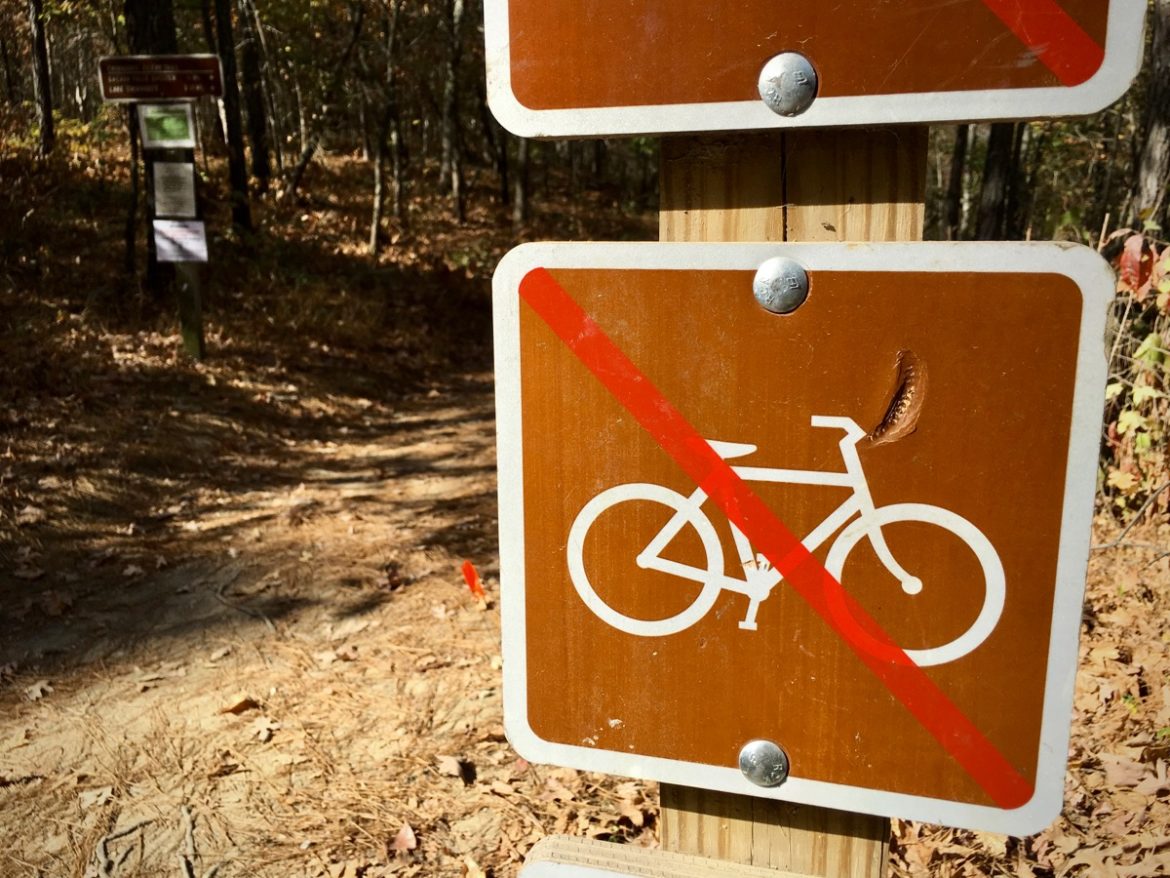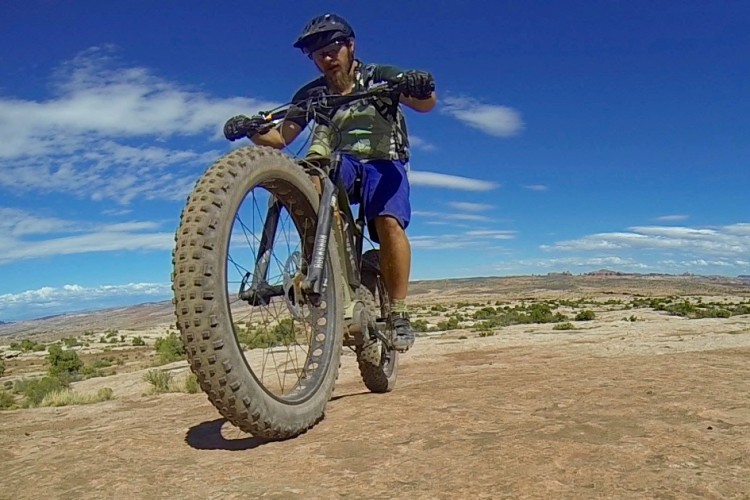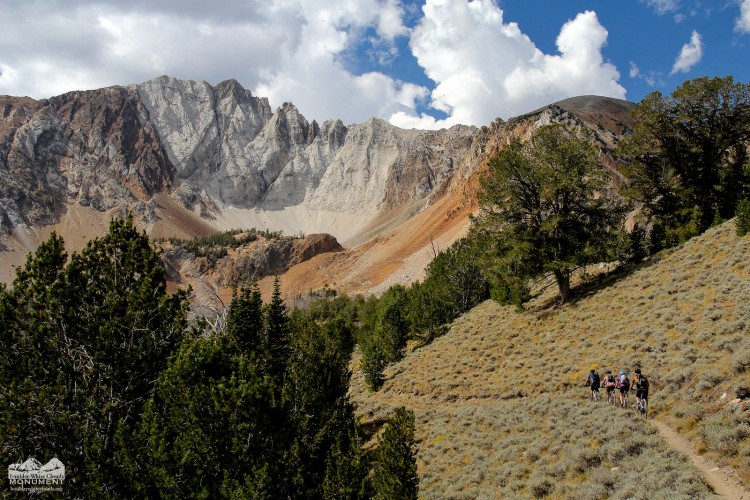For the first time, bikes in wilderness bills are active in both the US House of Representatives and Senate. On May 17, the 2018 Human-Powered Travel in Wilderness Areas Act, S.2877, was introduced to the 115th Congress and assigned to the Committee on Energy and Natural Resources by Senator Mike Lee (R – Utah), the Chairman of the Senate Public Lands subcommittee. The bill is a revision of Senate Bill S.3205 which was introduced in 2016.
Before going into what’s been revised, here is a little primer on how Senate bills are passed. (Check out this handy flow chart.) Anyone can draft a bill, but not every bill will be introduced to the Senate, which means S.2877 is off to a good start. After being introduced and assigned a number, the bill is sent to one of 15 Senate committees, which is where S.2877 sits now, and where S.3205 ultimately died. To become a law, the committee needs to approve the bill (often with revisions) before it’s sent before the full Senate for debate and possible amendment. From here, the bill would need to be reconciled with the House Bill (H.R. 1349), assuming that bill makes through similar hurdles, before being passed to the President for final approval.
Senate bill revisions
So what’s different this time around? For starters, the previous, 2016 bill was co-sponsored by Senators Orrin Hatch (R – Utah) and Jeff Flake (R – Arizona). Both the 2016 and 2018 bills were sponsored and introduced by Utah’s other Senator, Mike Lee, a libertarian-leaning Republican who joined the Senate in 2011. However, the 2018 bill does not have any cosponsors as of this writing.

Beyond the new sponsor, the 2018 bill makes two changes that may address minor points of opposition to the previous bill. First, the 2018 bill does not address the use of trail maintenance equipment such as chainsaws and wheelbarrows in Wilderness areas. This provision was added to the original bill to ease the burden on the Forest Service, which is currently forced to use hand tools to maintain Wilderness trails. Some who opposed the 2016 bill argued that chainsaws with gas engines or even electric motors clearly go against the original intent of the Wilderness act, and allowing their use could open areas to other motorized and/or gasoline powered equipment like dirt bikes and ATVs.
The other change fixes a loophole that apparently few, if any noticed: as originally worded, the 2016 bill would have applied not just to trails in Wilderness areas, but to ALL federal trails including the Appalachian (AT) Continental Divide (CDT) and Pacific Crest Trails (PCT). The revised Senate Bill applies only to trails located in Wilderness areas, and would not affect the CDT or PCT.
Senate Bill S.2877 allows for the same, two-year review period before any Wilderness trail is opened to bikes. Regional land managers would have two years to decide if bikes are appropriate on a trail-by-trail basis, and if so, they could choose to open those trails to bikes. If not, the trails would remain off-limits. In fact, as worded the bill gives land managers two years to begin the review process. However, if no action is taken, the bill would allow bikes on trails in a given Wilderness area on a “trial” basis until an official decision is made.
Clearly passing a bill, even a seemingly simple one like S.2877, involves a lot of work, and the uncertainty around the result is high. Singletracks will continue to follow both the House and Senate bills and will provide updates as things progress.




















